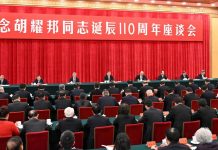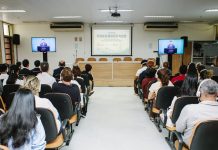LHASA: The Tibet autonomous region has seen steady growth in its social and economic development over the past decade, senior officials said. The region’s seven key industries including, clean energy, high-tech digital and cultural tourism have progressed rapidly over the years, and the Aid-Tibet program has continued to promote the region’s education and health quality, Wang Junzheng, the region’s Party secretary, said on Tuesday at a news conference in Lhasa, the region’s capital.
Wang noted that the region’s per capita GDP increased from 71 billion yuan ($10 billion) in 2012 to more than 20 billion yuan in 2021, an average annual growth rate of 9.5 percent.
Over the past decade, the region’s 628,000 impoverished residents have been lifted out of poverty, and disposable income per capita of rural residents nearly doubled, reaching about 17,000 yuan.
Meanwhile, disposable income of urban residents increased by a factor of 1.5 per capita, reaching 46,503 yuan.
“The region’s average life expectancy now exceeds 72 years,” Wang said. The region has also enhanced the development of education over the past decade. Yan Jinhai, chairman of the regional government, said “Tibet offers children 15 years of free education, from kindergarten through high school, which differs from the nine-year compulsory education in other parts of China,”. “We have been continuing to improve the standard of education in rural areas, and the government pays for the allowances, school fees and accommodation of students from rural areas,” Yan said, adding that the annual average subsidy each student receives has reached 4,200 yuan.
–The Daily Mail-China
Daily news exchange item





